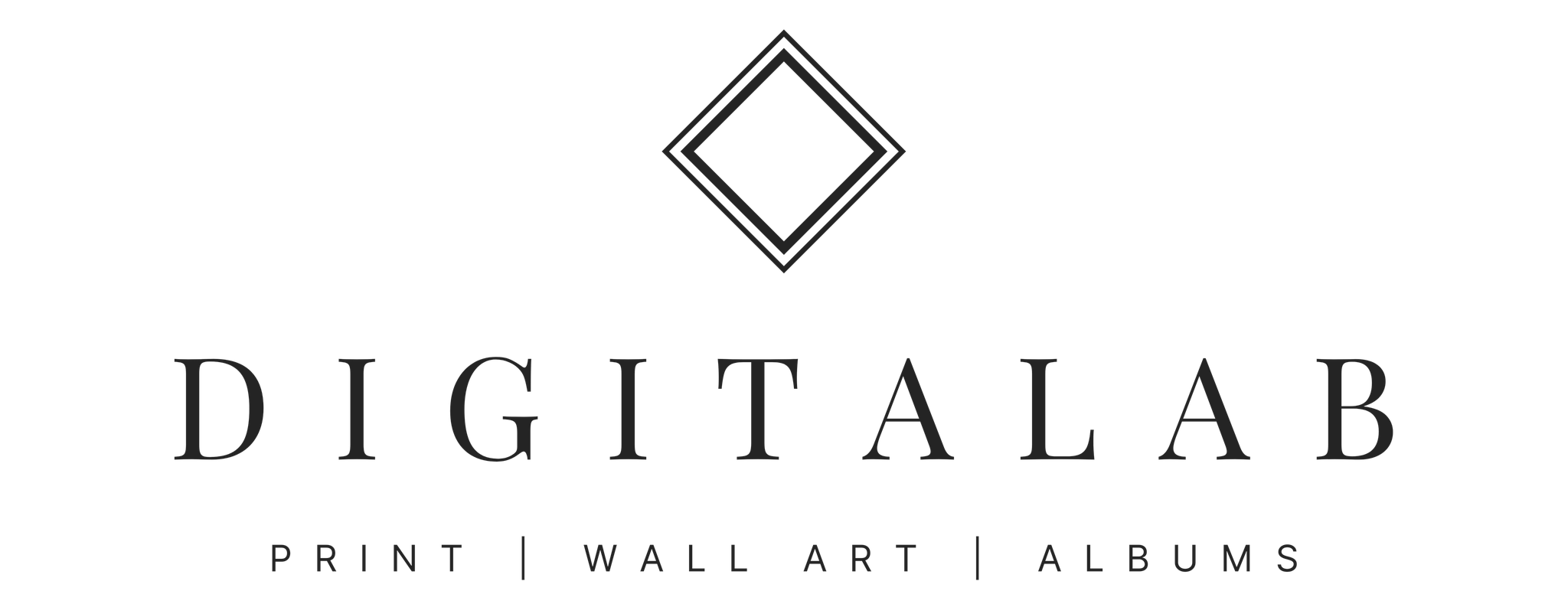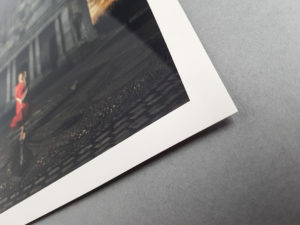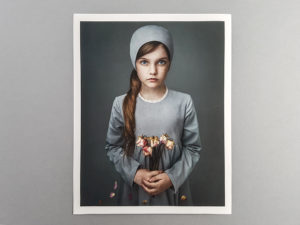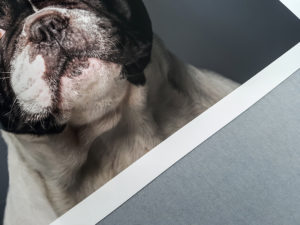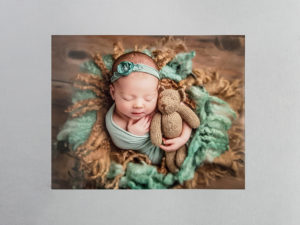Print Matters
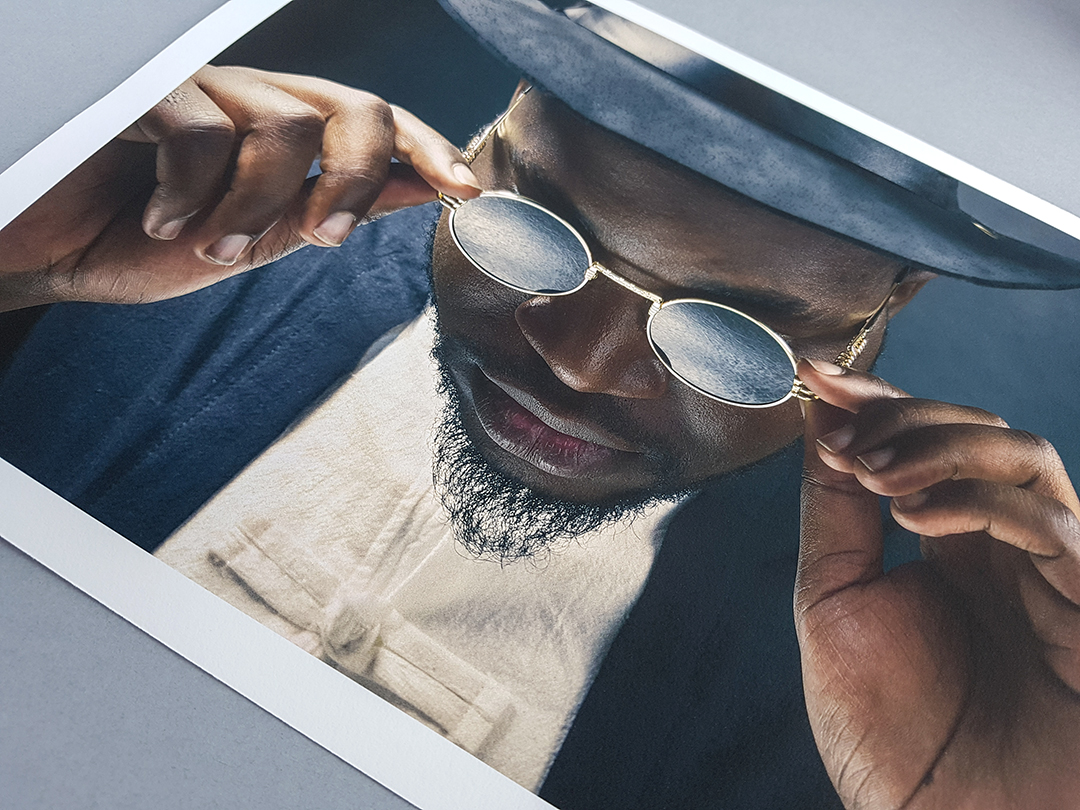
“For me, a photograph is a memory and as the photographer, we are the curators of memories, both of our own, and that of our clients. In the digital world that we live in, having a tactile print, whether in an album, on a print or in the form of wall art will always be a more direct, more impactful and more emotive way of recalling those memories.” – Kevin Mullins
Never have truer words been spoken when it comes to your printed images!
Old wedding albums, framed family photographs and rusty tins full of loose prints – that is how we remember viewing photographs with our friends and family. Liam Shaw of York Place Studios wrote:
“Photographs take a new life when they’re printed; they pop in a way that just isn’t possible in any other media and there’s something much more magical about seeing something tangible in front of you, something that feels somehow more final and timeless.”
There is a science behind this theory as well. A study by Bangor University using fMRI brain scans to compare digital and paper have shown that physical material is more “real” to the brain. It has a meaning, and a place. It is better connected to memory because it involves more emotional processing.
Prints tell stories. Looking at photographs in their physical form allows you to slow down and enjoy the memories associated with them on their own and without the distractions of notifications and adverts popping up while you view them.
With so many digital storage options at your client’s fingertips, it is important to remember one thing – technology comes and goes. Would you have the same nostalgic feeling if all you had to view your parents wedding images on a floppy disk? Would you even be able to use it?
As technology evolves, chances are that the method of storing images, like USB storage keys, are going to go the way of the floppy disc within the next decade. When was the last time you saw a computer with a working floppy disk drive? Will home computers still have USB drives in ten years?
The advantages of offering prints to your customers splits into two distinct categories. What works for them and what works for you.
We recently spoke to photographer/trainer/blogger/marketeer/guru Nina Mace about why she feels incorporating print and wall art packages into your business is a win-win.
“It is so important to include prints even with your digital packages so your clients can see their images at their best, as they are meant to be based on your original vision. It also removes the risk of them printing on a low quality instant printer which can change white balance and exposure.
A set of prints in a display box or a large, framed image on the wall tells your clients’ unique story — it will remind them of the moments captured in that photo every day.”
A huge plus for the you, the photographer, is that clients will put the prints you supply straight onto their walls or on their coffee tables so they, and their friends and family can enjoy them. Referral is the greatest form of free marketing and having your work on your client’s walls means you are reaching a wider audience. Not only that but your client will be seeing your work on a daily basis making them much more likely to return to you themselves for future sessions.
Finally, impact! Handing client’s real prints gives additional value to your work – it makes photography as a service more tangible. Its lovely for the client but also for you as a photographer to see your images realised. Creating beautiful art and imagery was probably the reason you became a photographer in the first place and your stunning portrait work displayed in beautiful mats or frames show off your skill and professionalism better than any digital file could ever do.
“There is nothing better than seeing an image you have worked so hard to create printed to perfection and displayed on the wall. The print for me is the final piece of the story, in the long process of creating an image from conception to final output. How it is printed and on what surface is what makes the image come alive. The print is so important to me, it is how my images will be viewed for years to come.” – Lisa Visser

